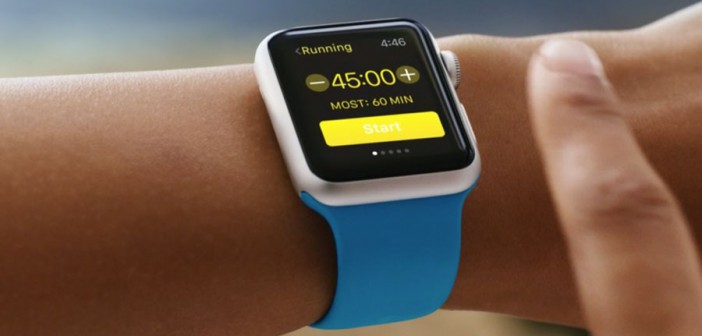There are a number of key trends influencing the way in which people engage with brands, including the mass market adoption of connected devices and the services that drive them, and the supplanting of ownership by ‘access only’ business models.
Another key trend is the mass personalisation of marketing, which is now driven by data. Brands can be responsive to their customers’ needs before audiences are even aware that they have them. Targeted promotions based on user habits can be delivered straight to a smartphone in a pocket or a smartwatch on a wrist.
However, interacting with a customer via the latest technology means that it’s more important than ever for digital brands to be ‘more human.’ The risk being that without such consideration, the customer experience is a cold and impersonal one.
Research has found that brands that behave like humans are favoured more by consumers, and that key characteristics of human era brands include ‘…being open, honest and even flawed, talking and acting like people, and being exciting and empathetic.’ Behaving, in short, like a human.
Digital fails if it relies on automatic or mechanically scripted responses or if social pages are unmanned. There are a number of brands which are embracing being ‘human’ in the digital age; a key differentiator and success driver to the online customer experience.
At HSBC someone gives their name every morning on their Twitter account and says that they are there to help. This is reassuring for customers: they know they are no longer talking to a faceless brand, but a ‘real’ person.
Business messaging software Slack helps teams communicate. Slackbot is Slack’s built-in robot that helps users get started in a fun and engaging way. It can be configured to respond to team communication in lots of smart, human ways.
Facebook injects some humour to its brand by allowing users to change the interface language to English ‘Pirate,’ where all the text is translated into pirate language. And DisneyParks has used MyMagic+ wristbands to reduce the hassles of crowds, queuing and even paying in its theme parks.
So, is your brand as human as you could be? Here are some questions to get you thinking:
- Does your brand have a personality reflected in your digital customer experience?
- Does your brand encourage human conversation across your digital channels?
- Does your brand send emails that come from ‘do not reply’ addresses?
- Does your brand make it difficult for your consumers to reach a real person?
- Does your brand have policies that make it hard for frontline employees to “make it right?”
- Does your brand prevent unedited ratings and comments from customers?
- Does your brand make your customers smile?
- Does your brand feel uncomfortable saying sorry in public?
- Does your brand follow your process to the letter, or will it allow an exception to create a happy customer and advocate?
- Does your brand carry out customer research behind closed doors, or does it gather feedback in open forums?




